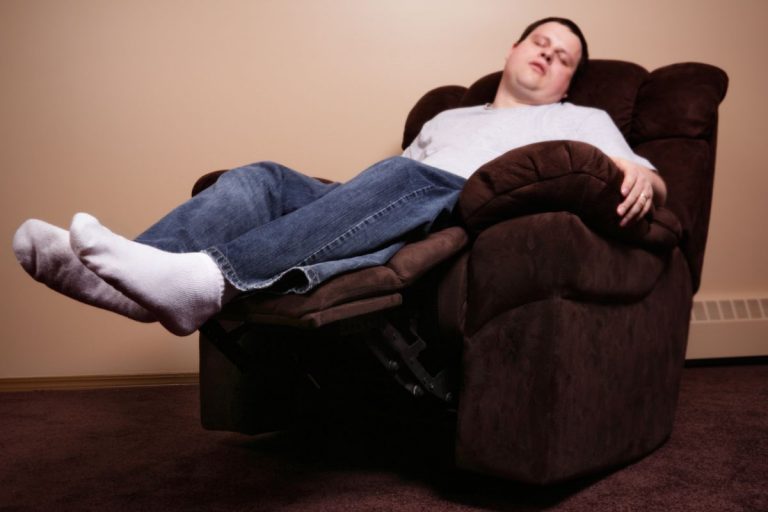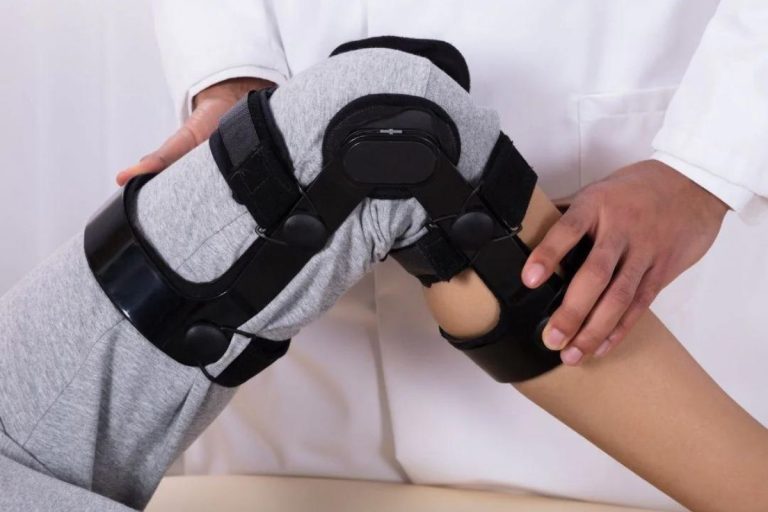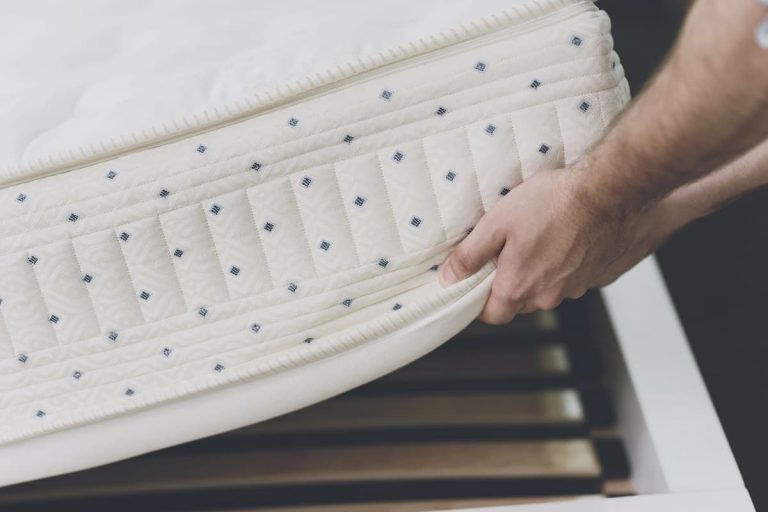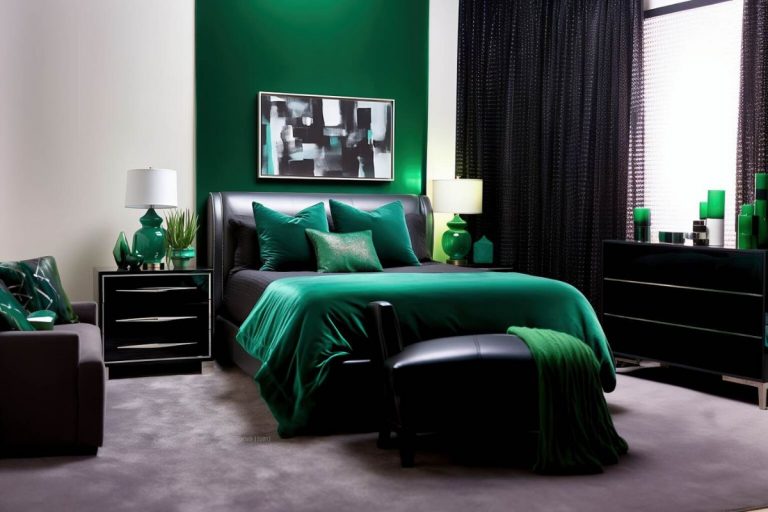There is no better way to effectively protect the health of your mattress than with a mattress protector. Your expensive investment needs protection from aging, urine, bacteria, and perspiration. You also need to offer protection against dust mites, different types of fluids and allergens (did you know that allergens affect up to 50 million Americans, according to the AAFA?) With a top-rated mattress protector such as the ones we have recommended on the tail end of this primer, you and your family can enjoy sleeping in hygienic mattress and environment in general.
Before looking at whether you need a mattress protector or not, let us first delve into the different styles of protectors available. Three main ones exist:
Do I Need A Mattress Protector?
Yes, you do. Having a mattress protector is necessary. Plenty of reasons inform the decision to purchase the best mattress protector. Chief among the reasons is protection.
1. To Protect from Stains and Spills
Do you have toddlers? Are you a pet owner? If yes, then you know moisture, stains, and spills from urine, fluids, and accidents are a common occurrence. Sweat from your body is also common after sleeping. If you do not take the necessary measures, your mattress can suffer from mildew and mold.
An effective way of making sure the different fluids do not harm your mattress is by covering it with a mattress protector. Whether you have kids, sweat a lot or tend to drink/eat on your bed, it is prudent to buy a high-quality mattress cover. Installing one will be magical in ensuring your mattress remains stain-free.
If your mattress protector, in the unfortunate event gets a spill or stain, use this guide to effectively clean it of the same:
Note: You can use this guide even for your first time wash (Manufacturers recommend washing your protector before using it as it not only eliminates chemical odors but also softens the fabric to guarantee more comfort). Avoid ironing or dry cleaning because it can harm its waterproof membrane. This is especially true if your protector is waterproof. Finally, yet importantly, before you proceed, make sure you have keenly passed through the cleaning or laundering instructions on the package.
Items Needed:
- Tumble dryer
- Washing machine
- Laundry agent (must be bleach-free)
- Warm or cold water
Steps:
- Remove your cover from your bed or package (if it is first time cleaning). Is yours the strapped type? Take it off via the elastic sides. Begin from the corners. If it is the encasement style, carefully unzip it.
- Dip the cover into your washer. If the cover’s fabric is tough such as terry cloth or wool, set the washer to a normal cycle. If the cover’s fabric is thin or soft like polyester or bamboo rayon, set the washer on mild/low heat.
Note: Strictly use a mild and non-bleach detergent to prevent harming the cover’s plastic layer or the material that binds its fabric.
- Allow it to run.
- Once it is clean, tumble dry on low heat. Avoid high heat as it can also damage the fabric.
Drying it with other items like clothing or sheets is safe.
2. To Protect from Wear and Tear
Light wear and tear is common in mattresses, especially those that have been used over time. With time, mattresses tend to not only get dirty but also accumulate tiny tears or rips. In addition to that, they fade in areas or locations that you tend to sleep most of the time. To protect your mattress from these issues, consider installing a top-rated mattress cover. Once you install a cover on the mattress, it adds a defense layer that goes miles to prolong its life.
3. To Protect against Bed Bugs
Tiny insects, bed bugs prefer animal and human blood as their host. That explains why pillows and mattresses are their preferred ‘residence’ since we spend a good part of our lives on a mattress. Buying and installing a mattress encasement that is bed-bug resistant goes miles to prevent the small, stubborn insects from invading your mattress.
Bed bug resistant covers protect the whole mattress courtesy of their thick nature. To guarantee the utmost protection from even the pillows, ensure that the covers are entomology lab-certified.
4. To Protect against Allergens
Dust mites are a popular allergen within a home. They are common in many home textiles. Mattresses act as their breeding grounds. These allergens feed off human skin flakes.
By buying a quality mattress protector, you can combat them and have a comfortable as well as a healthier sleeping environment. To be on the safe side, buy one that completely covers your entire mattress. For the utmost protection from allergies, consider using a box spring cover that prevents all allergens from calling your box spring their home.
Other allergen triggers include mildew, mold and pet dander. All these can find their way into your mattress if you do not protect it. You should consider using mattress pads that are waterproof to not only block fluids but also halt the development of mold and mildew in your mattress.
CERTIFIED allergy asthma-friendly pillow and mattress covers are magical in forming a protective shield against the harmful dust mites. Thorough cleaning of pillowcases, blankets, and sheets every week in water with a degree of up to 130 F can also help alleviate dust mites completely.
What does it take for a mattress cover to be considered “CERTIFIED?”
- It must not contain any chemical that causes allergy and asthma symptoms
- Cleaning it to get rid of allergens should be a walk in the park
- It needs to be ”breathable” for the utmost comfort
- Its outer fabric must effectively be able to block dust mites as well as allergens from gaining entry
Also Read: Mattress Pad, Topper, or Protector: Which Is Best for Me?
Mattress Protector Styles
Now that we have established you need a mattress protector, let us look at the different styles available:
Fitted
Fitted mattress covers resemble fitted sheets that you normally spread on your bed. Rather than covering the whole bed, they only fit the sides and top. The cover is made of natural and synthetic fibers.
Most of these models are fluid proof. They offer effective protection from vomit, stains, mold, bacteria, feces, and liquid. Installing and removing these covers is a walk in the park.
Their downside is that they do not provide total protection from allergens, dust mites, and bed bugs.
You should buy fitted mattress covers because of the following reasons:
- Effortless to clean frequently
- Effortless to remove and put in even when alone
- Lifting the bed to remove a fitted cover is unnecessary
Zippered
These are also known as encasement covers. Unlike the fitted mattress cover, zippered ones cover the whole bed. These are great at protecting your mattress from bed bugs and allergens. They are handy for both outdoor and indoor use.
For instance, carry them during camping to cushion the mattress from weather, bed bugs and moisture. If you or your partner are the kind of sleepers that keep tossing and turning throughout the night, you should consider buying an encasement cover.
To enjoy a good and comfortable night’s sleep, opt for a material that does not block airflow or trap moisture. For example, avoid materials such as vinyl or plastic that tend to trap moisture and heat thus making your sleep uncomfortable. Most of the fabrics that make this type of mattress protectors are thin, breathable and effortless to clean.
Their drawback is that putting them on might need a helping hand, unlike the fitted ones.
Purchase these if you desire to:
- Cover the entire mattress
- Have extra protection against allergens and bed bugs
Strapped
The strapped mattress protector type is that one that rests comfortably on your mattress and secured using elastic straps on all corners. A major highlight of this type is that it offers a more secure or tighter fit compared to the fitted one. However, it only protects your mattress’ top part, not the bottom and sides.
Strapped vs. Fitted vs. Zippered Mattress Protectors
So among these three, which is the best one? Well, as we have seen, each one of them brings with it its pros and cons. The bottom line is this;
If you desire to wash or clean your mattress cover often, settle for the fitted type. If allergens and bed bugs are your main area of concern, choose the zippered type. If you want a protector whose installing and removing is a breeze, then consider a strapped one.
Our Mattress Protector Recommendations
- Best Mattress Bamboo Protector – COOP HOME GOODS Mattress Cover
- Best Organic Mattress Protector – Naturepedic Organic Mattress Encasement
- Best Mattress Protector For Crib Mattress – Linenspa Mattress Encasement
- Best Mattress Protector For Bed Bugs – Hospitology Products Mattress Cover
- Best Value Mattress Protector – SafeRest Mattress Encasement
- Best Fitted Mattress Protector – Hannah Kay Mattress Cover
- Best College Bed Mattress Protector – PROTECT-A-BED Mattress Encasement
- Best Zippered Mattress Protector – Utopia Mattress Cover
- Best Hypoallergenic Mattress Protector – SafeGuard Mattress Encasement
- Best Mattress Protector For Pets – AmazonBasics Mattress Encasement





